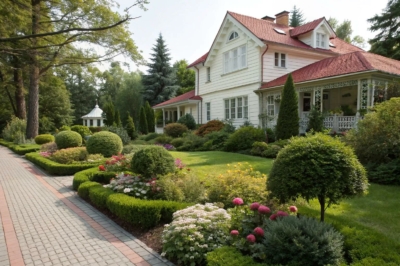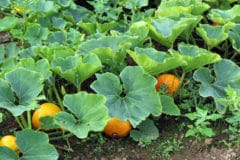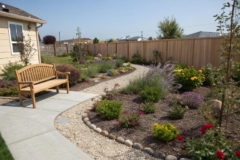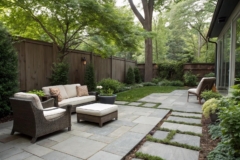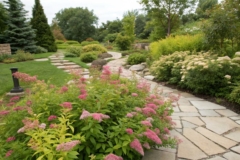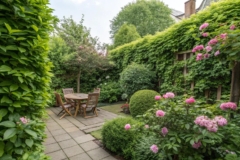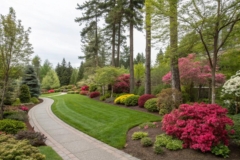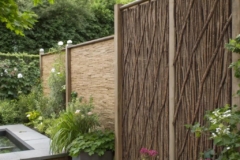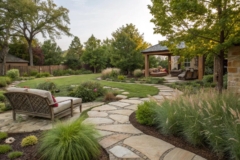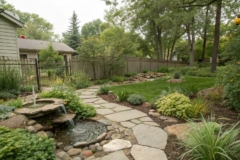1. Seasonal Shrub Displays
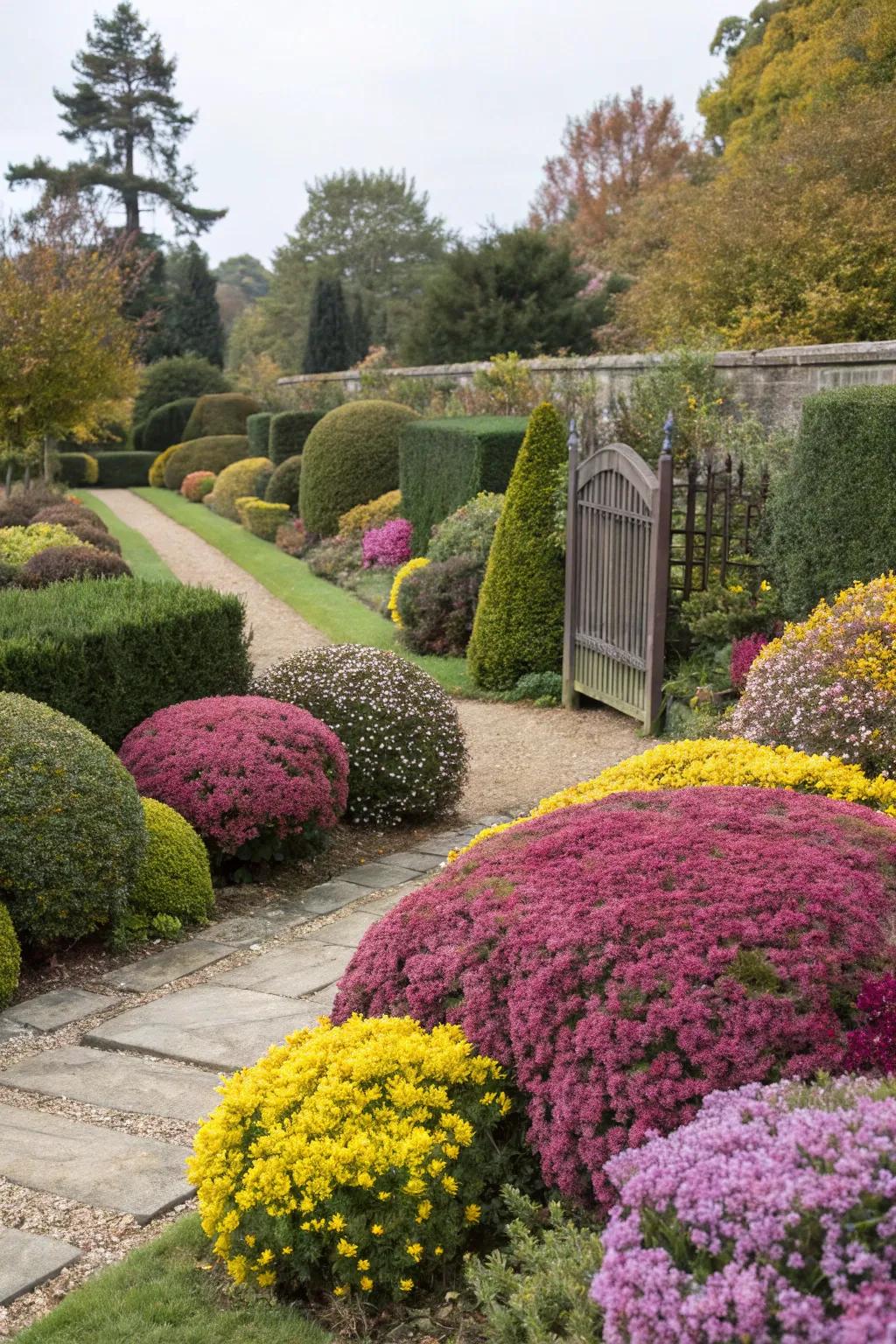
Switch out or rearrange shrubs to create seasonal displays. I love refreshing my garden’s look with each new season’s colors.
Explore these options:
- Adjustable Plant Stands: Elevate your seasonal shrubs effortlessly to create dynamic landscapes with adjustable plant stands.
- Seasonal Shrub Fertilizer: Enhance your shrub’s health and color with specially formulated seasonal shrub fertilizers.
- Garden Pruning Shears: Maintain the perfect shrub shape for seasonal changes using high-quality garden pruning shears.
2. Adding Accent Features
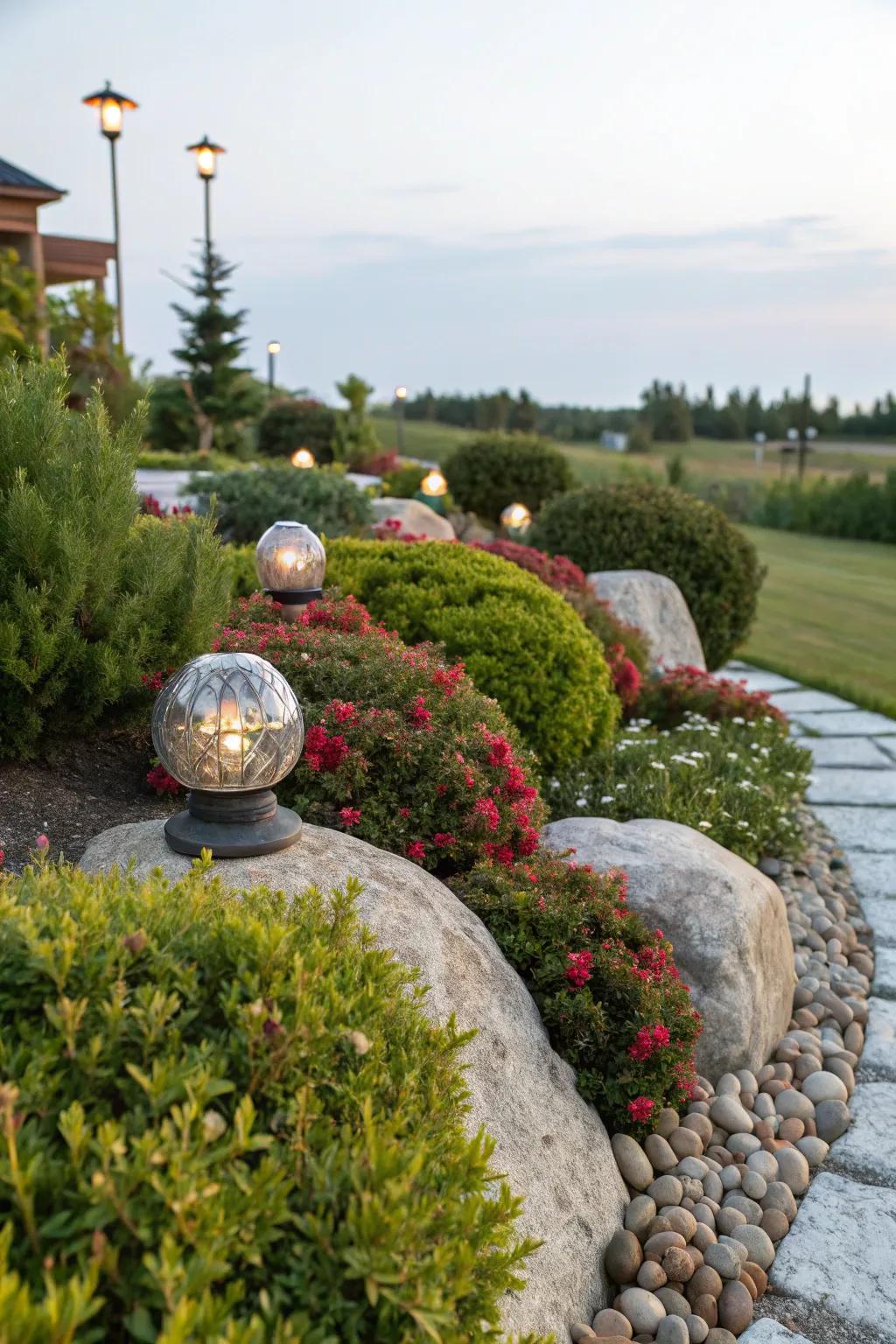
Using rocks or garden ornaments as accents among shrubs can create focal points. In my garden, these little surprises always spark joy.
These products might be useful:
- Decorative Garden Rocks: Enhance your garden ambiance with these versatile decorative rocks for a natural focal point.
- Solar Garden Lights: Illuminate your landscape effortlessly with solar-powered garden lights for an enchanting evening glow.
- Garden Ornaments: Add charm to your garden with unique ornaments that create delightful visual interest.
3. Container Shrub Arrangements
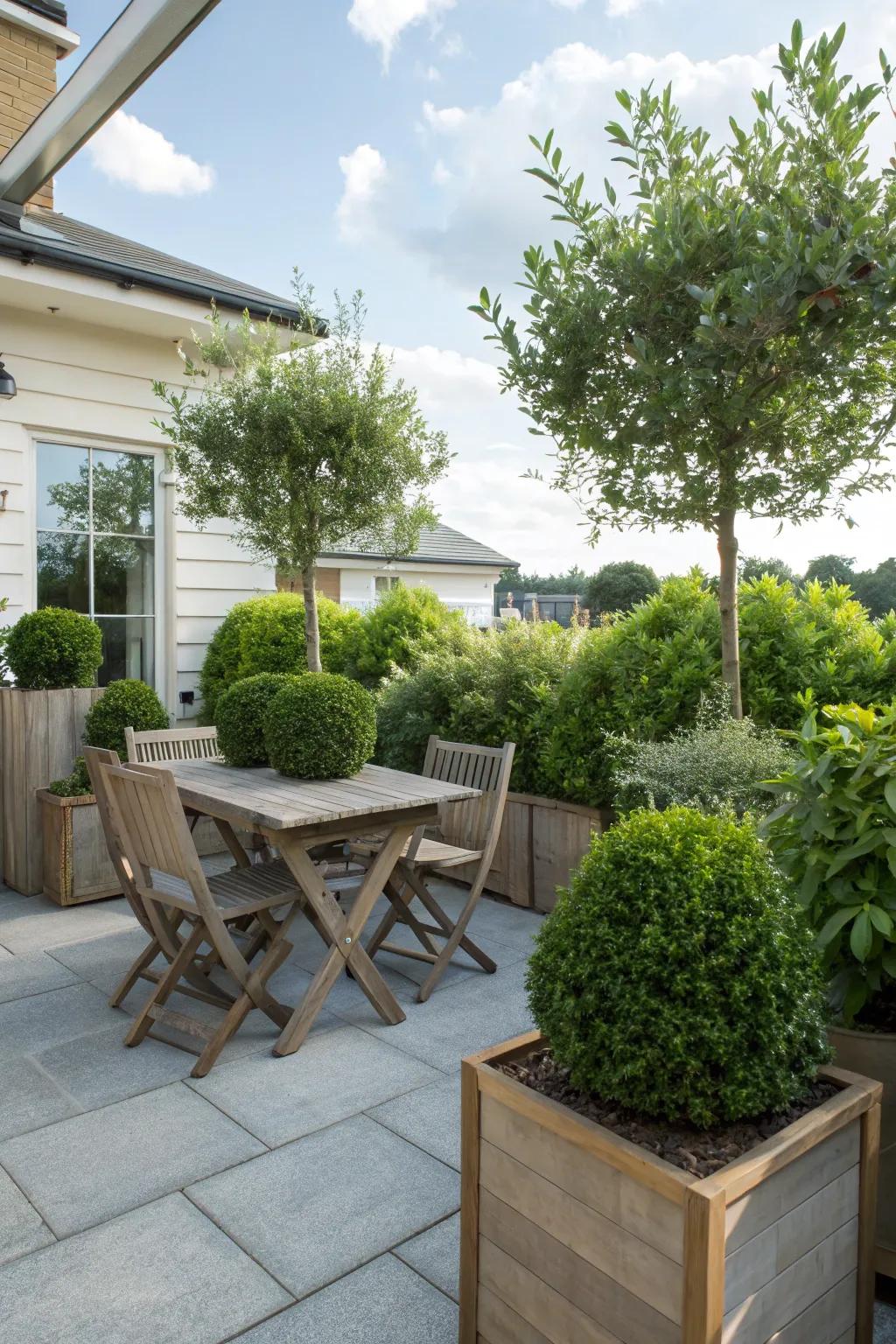
Use containers to add shrubs to patios or small spaces. I adore how easy it is to rearrange my garden with these portable plants.
Maybe worth checking out:
- Set of Wooden Planter Boxes: Elevate your patio space with these stylish wooden planter boxes, perfect for small shrubs.
- Portable Shrub Containers: Enhance your garden’s flexibility with lightweight, portable shrub containers ideal for rearrangements.
- Outdoor Patio Plant Stands: Support your shrub arrangements with durable plant stands, adding height and dimension to your decor.
4. Layered Planting
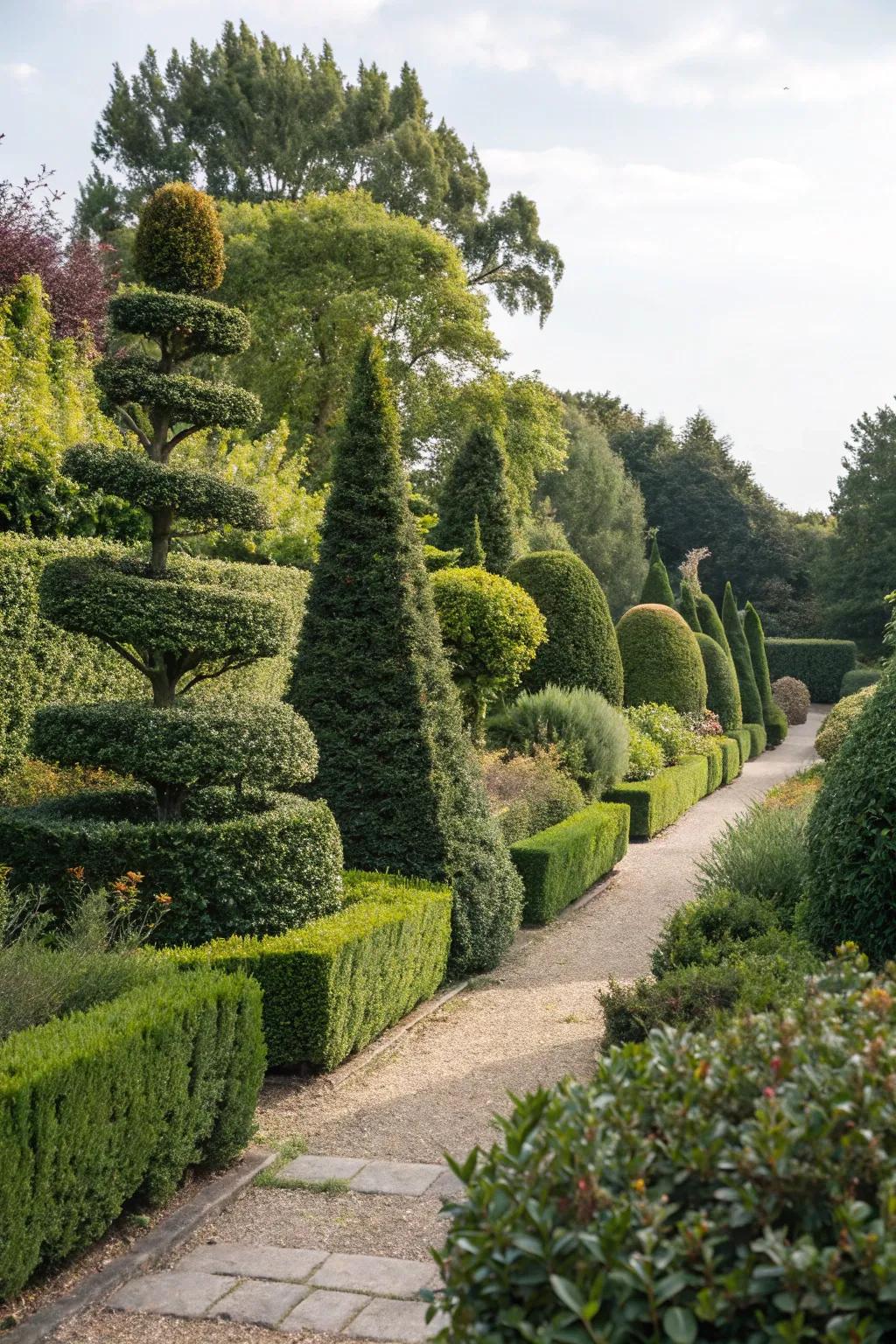
Creating layers with shrubs of different heights adds dimension. In my garden, this approach has made even small spaces feel lush and full.
Products that could assist:
- Adjustable Hedge Shears: Achieve precise shapes and edges for your shrubs with these easy-to-use hedge shears.
- Shrub Fertilizer Spikes: Enhance growth and color of your layered shrubs with these convenient fertilizer spikes.
- Decorative Garden Edging: Define distinct layers and pathways in your garden with stylish and durable garden edging.
5. Neat Borders with Mulch
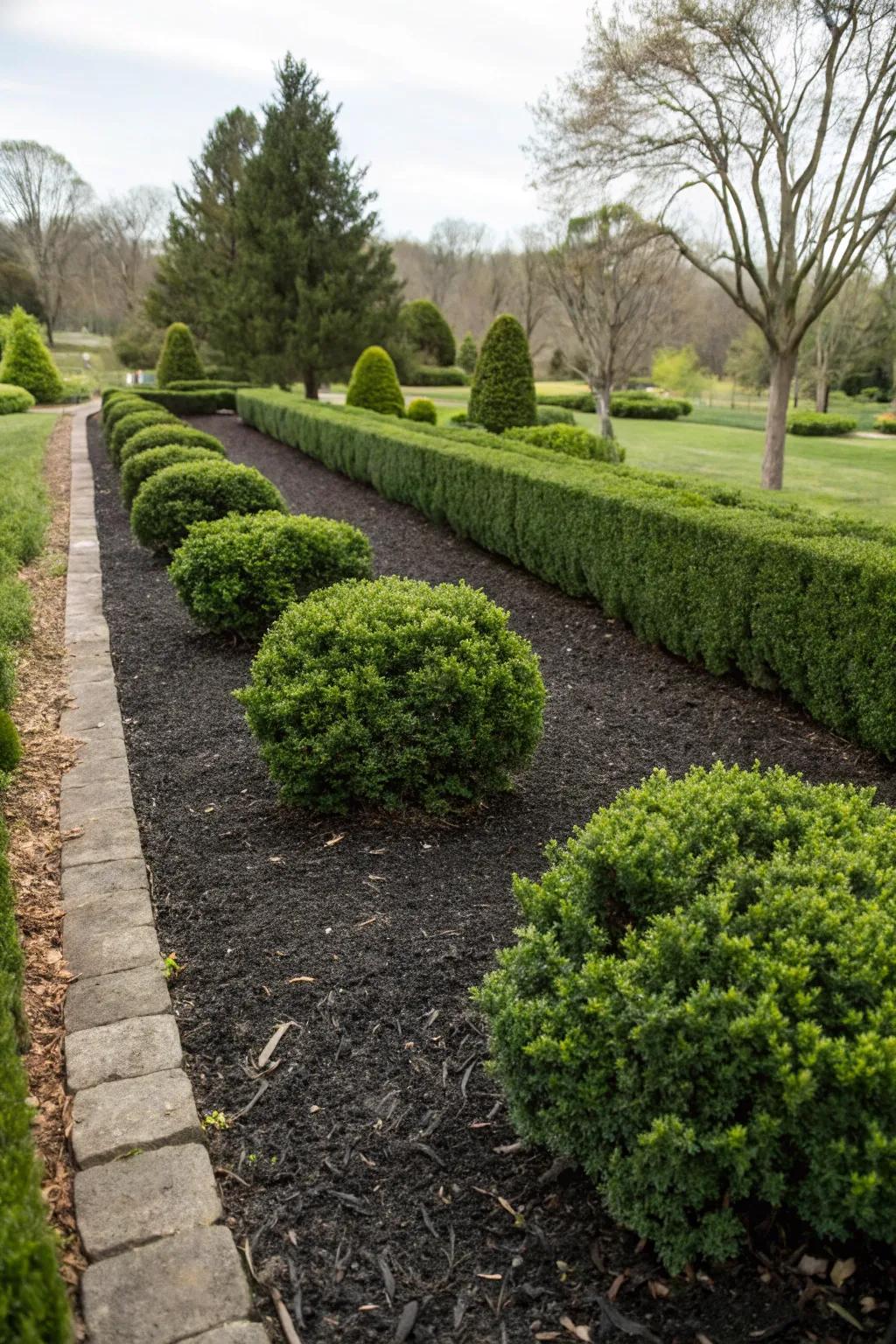
Adding mulch borders around your shrubs not only defines the space but also helps retain moisture. In my own garden, I love the tidy look it gives, plus it keeps those pesky weeds at bay.
A few choices to try:
- Mulch for Landscaping: Enhance your garden’s beauty and health by adding rich, moisture-retaining mulch. Transform your outdoor space!
- Garden Edging Stones: Create clean, defined borders with durable garden edging stones. Improve your landscape’s organization easily.
- Weed Barrier Fabric: Prevent pesky weeds from invading while maintaining soil moisture with high-quality weed barrier fabric.
6. Minimalist Shrub Design
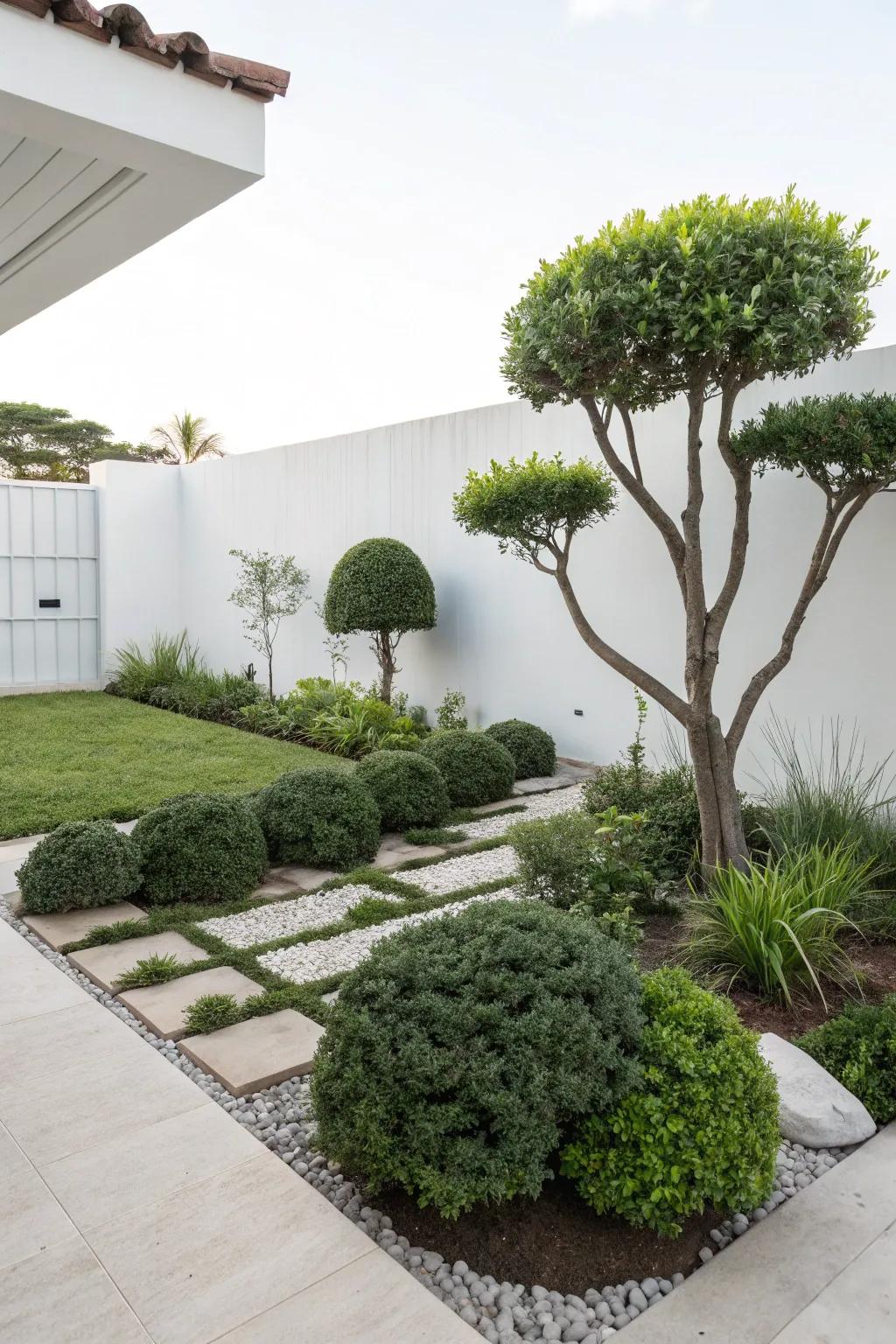
Sometimes less is more with a simple, minimalist design using a few well-placed shrubs. This style gives your garden a clean, modern feel.
Useful items to consider:
- Decorative Pebble Stones: Enhance your garden’s aesthetics by adding elegant pebble stones for a polished, minimalist look.
- Minimalist Garden Pathway Pavers: Create defined pathways with sleek pavers and elevate your garden’s modern design.
- Geometric Shrub Pruning Shears: Achieve precise shapes with ergonomic shears, ideal for a neat, minimalist shrub display.
7. Colorful Foliage Focus
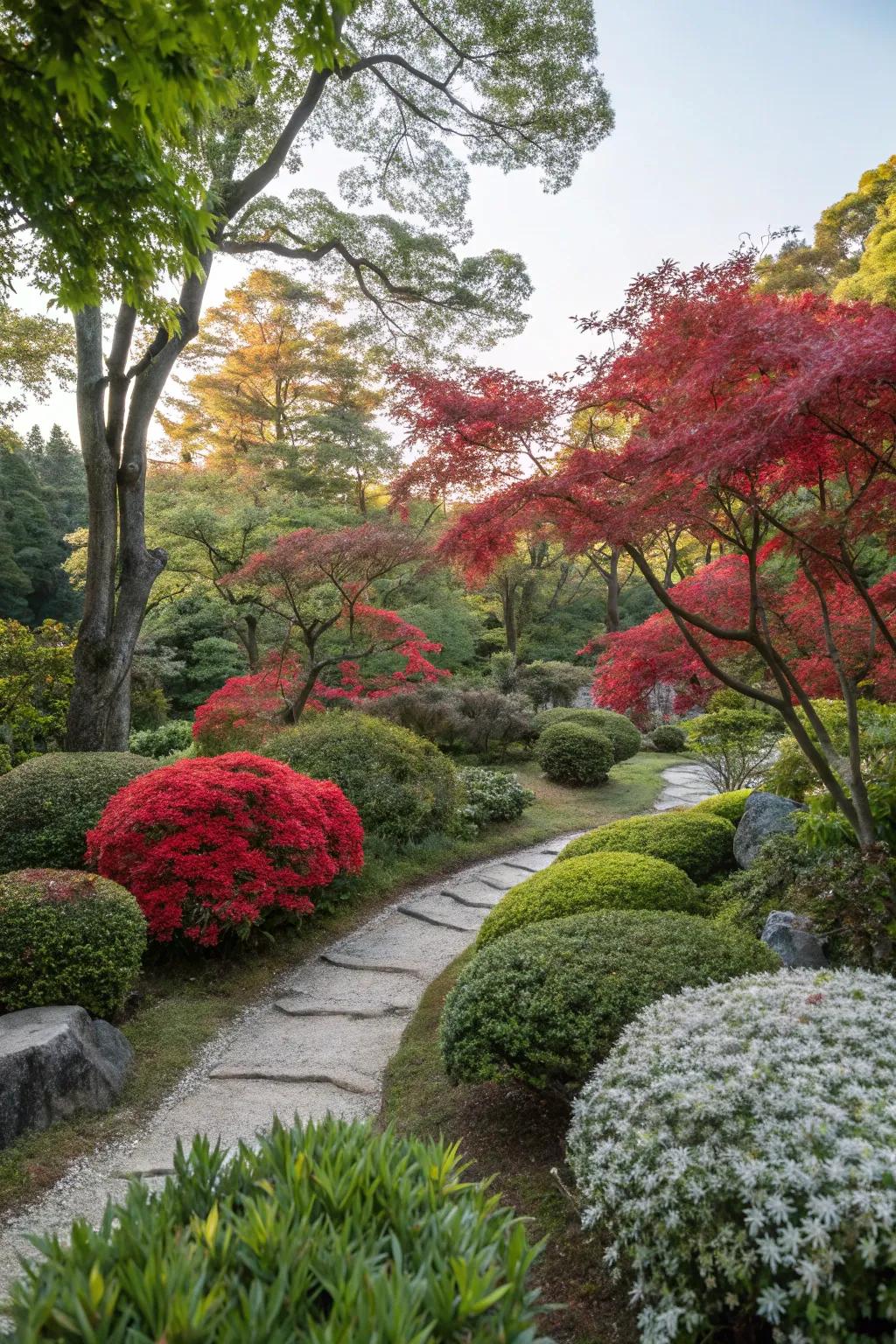
Select shrubs with unique foliage colors like deep reds or silvers for an eye-catching garden. These selections in my yard always grab attention.
These products might help:
- Artificial Red Maple Tree: Enhance your garden with this lifelike red maple tree for vibrant, year-round color.
- Silver Dusty Miller Seeds: Add unique silver hues to your garden with these easy-to-grow Dusty Miller seeds.
- Deep Red Foliage Shrubs: Transform your outdoor space with these striking deep red foliage shrubs for dramatic flair.
8. Lawn and Shrub Harmony
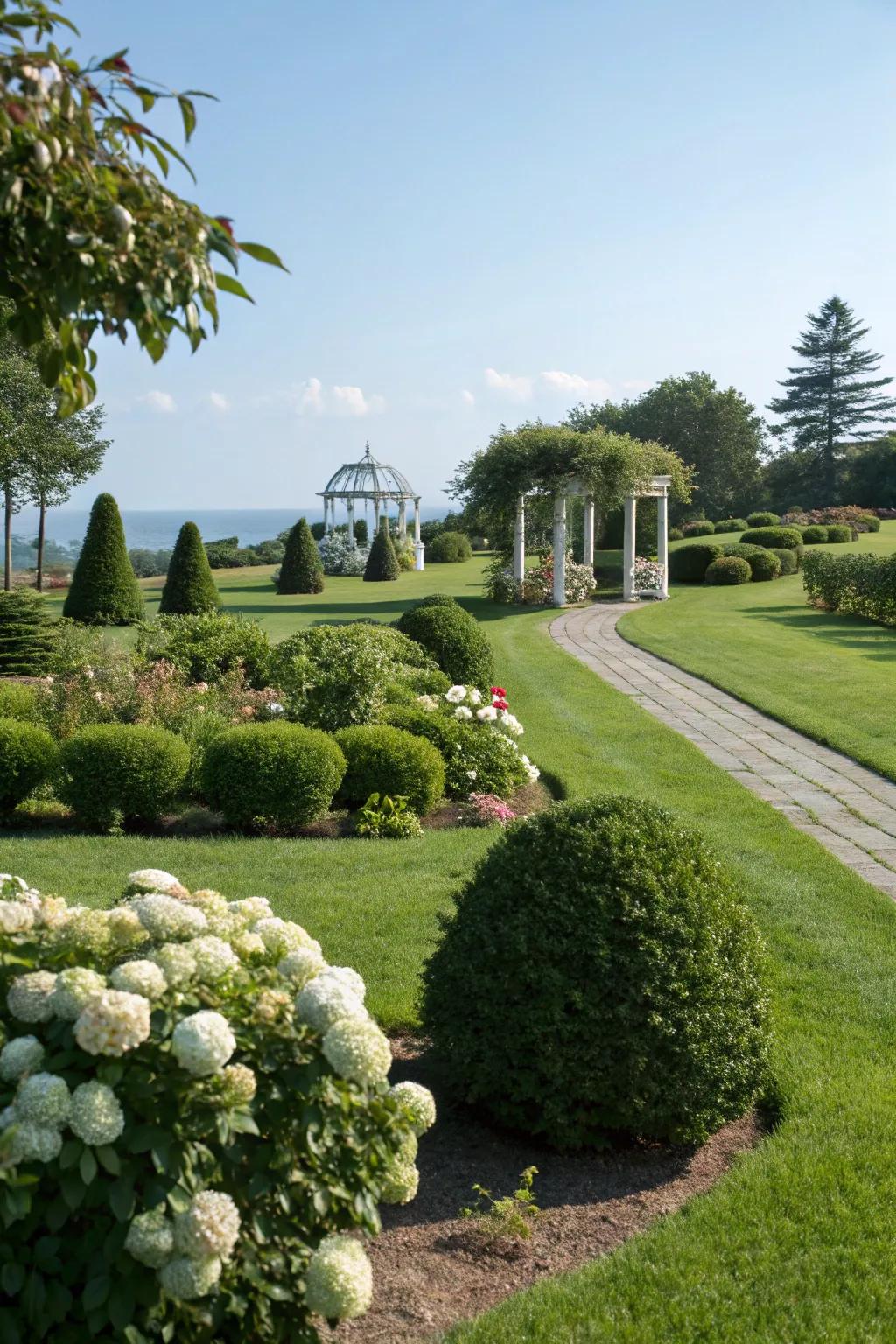
Balancing open lawn areas with shrub clusters can create a pleasing texture. This combination in my yard offers both open space and cozy nooks.
Possibly helpful picks:
- Decorative Garden Arch: Enhance your garden entrance with a stunning arch. Create inviting paths effortlessly.
- Shrub Pruning Scissors: Easily maintain your shrub clusters with precision pruning scissors. Keep your garden tidy.
- Lawn Edging Border: Define your landscape with durable lawn edging. Achieve clean, professional lines.
9. Shrubs with Fragrant Blooms
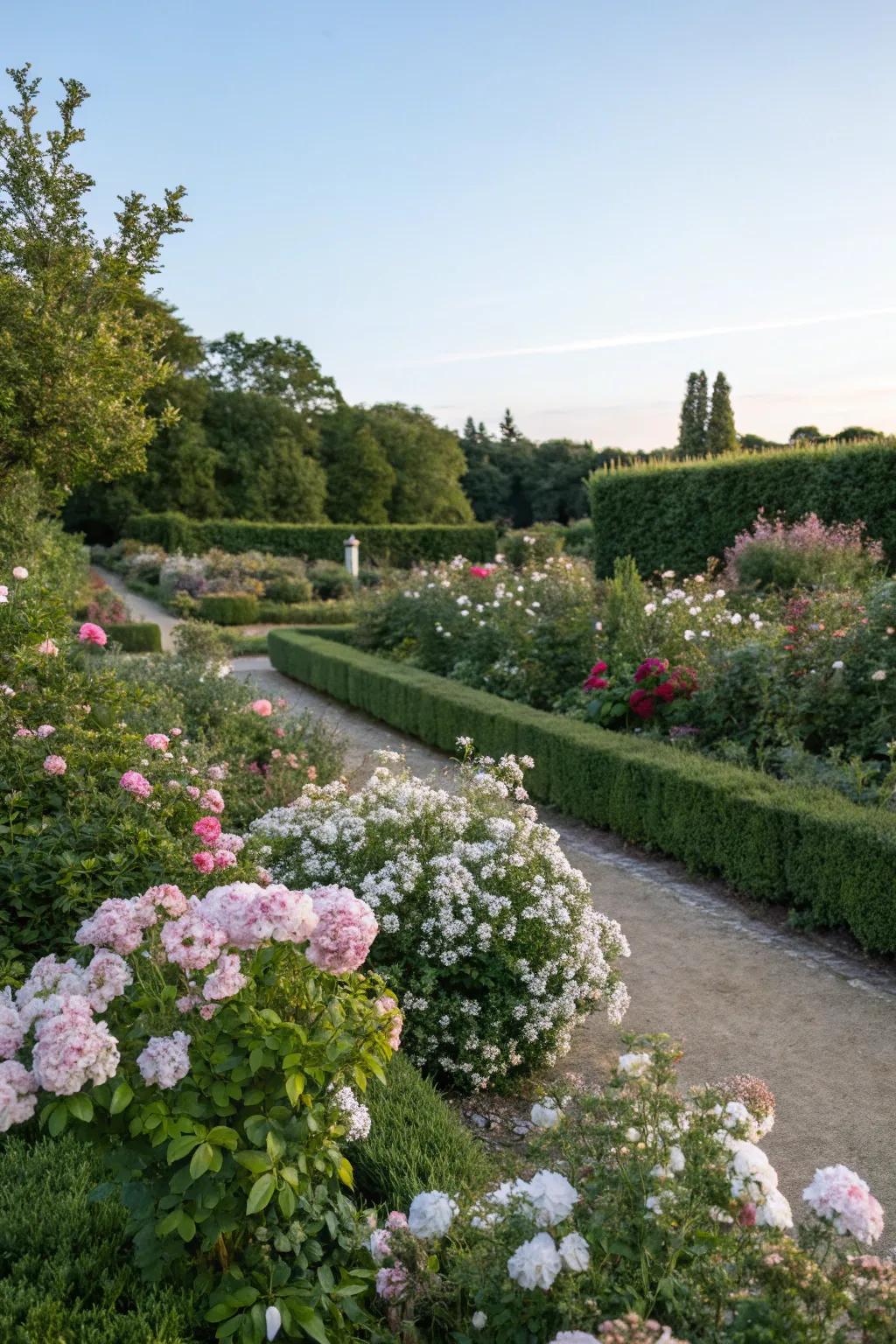
Plant shrubs with fragrant blooms to enjoy delightful scents in your garden. I love sitting on my porch surrounded by sweet-smelling flowers.
Possibly handy products:
- Fragrant Flowering Shrub Collection: Enhance your garden with shrubs boasting delightful scents, perfect for a serene outdoor ambiance.
- Organic Fertilizer for Blooming Shrubs: Boost your shrub’s blooms with natural fertilizer, enriching their fragrance and vitality.
- Garden Pruning Shears: Maintain your fragrant shrubs with precision pruning shears for healthier and more vibrant growth.
10. Playing with Plant Shapes
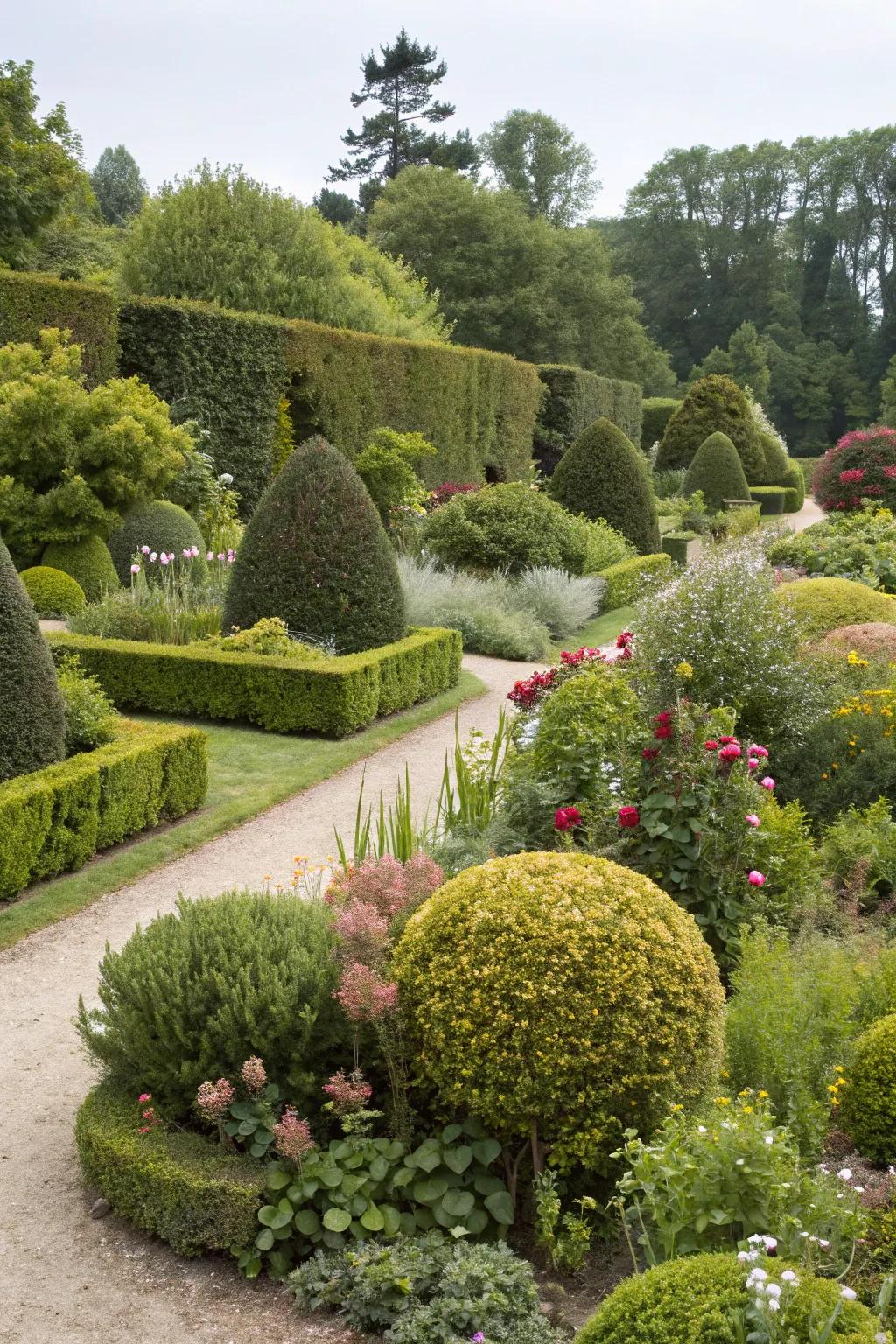
Mixing different shrub shapes like rounded and conical adds depth. I love how this variety makes my garden feel more dynamic and visually interesting.
Some handy options:
- Artificial Boxwood Topiary Ball Set: Add dynamic spherical shapes to your garden to enhance depth and visual allure effortlessly.
- Garden Cone Tree Topiary: Incorporate conical topiaries to create a striking contrast and enliven your outdoor space.
- Adjustable Plant Forming Frames: Use shaping frames to cultivate unique shrub forms, adding variety and interest to your landscape.
11. Shade-Loving Shrubs
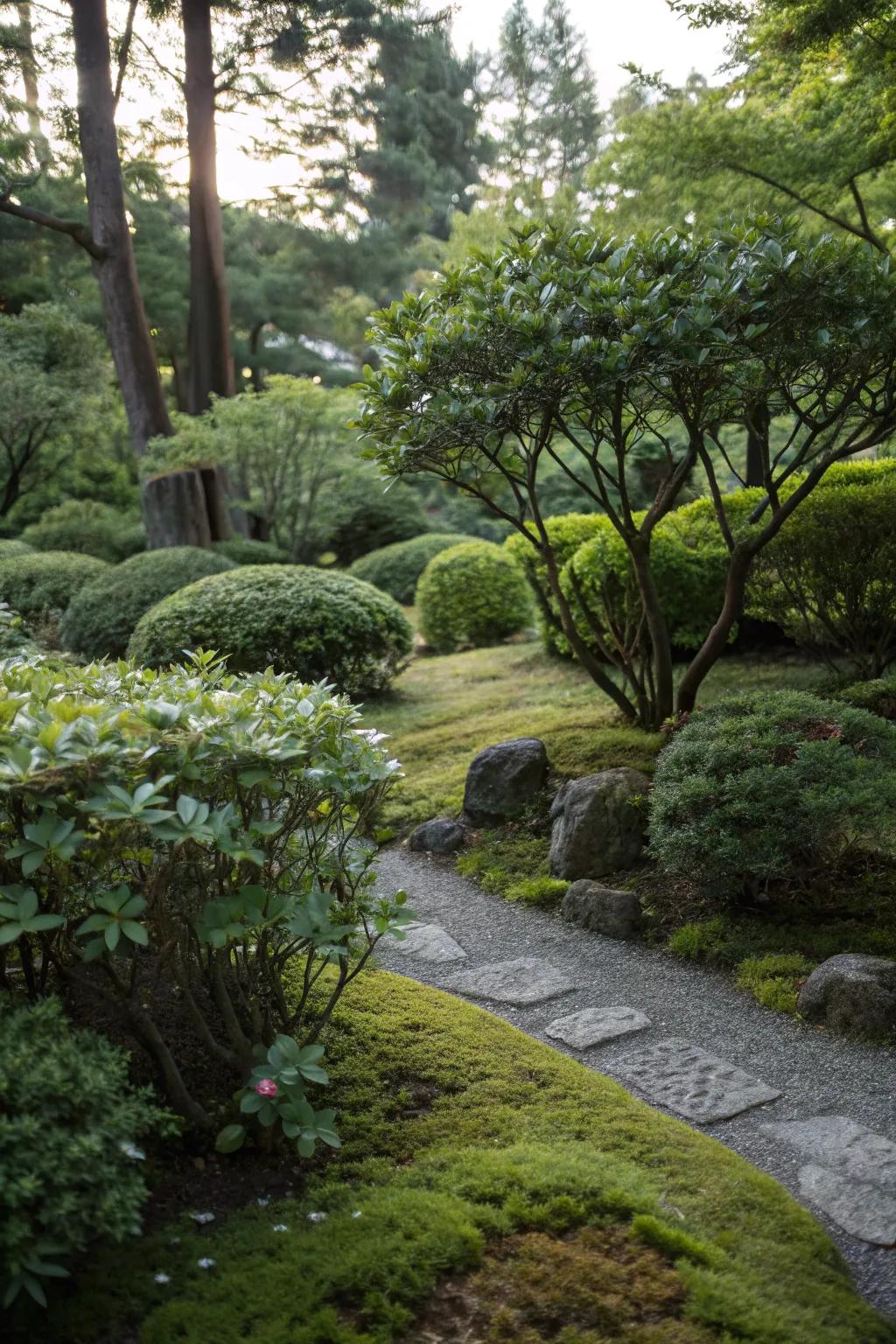
If you have a shady spot, choose shade-loving shrubs to fill it with life. These plants have brightened up my garden’s darker corners beautifully.
Check these products out:
- Shade-Tolerant Evergreen Shrubs: Enhance your garden with evergreen shrubs perfect for those tricky shady spots. Vibrant and easy-care!
- Variegated Shade Shrubs: Add color to your garden’s darker corners with variegated shade-tolerant shrubs. Beautify effortlessly!
- Compact Shade-Loving Shrubs: Transform your shady areas with compact shrubs. Perfect for small spaces and low maintenance.
12. All-Season Interest
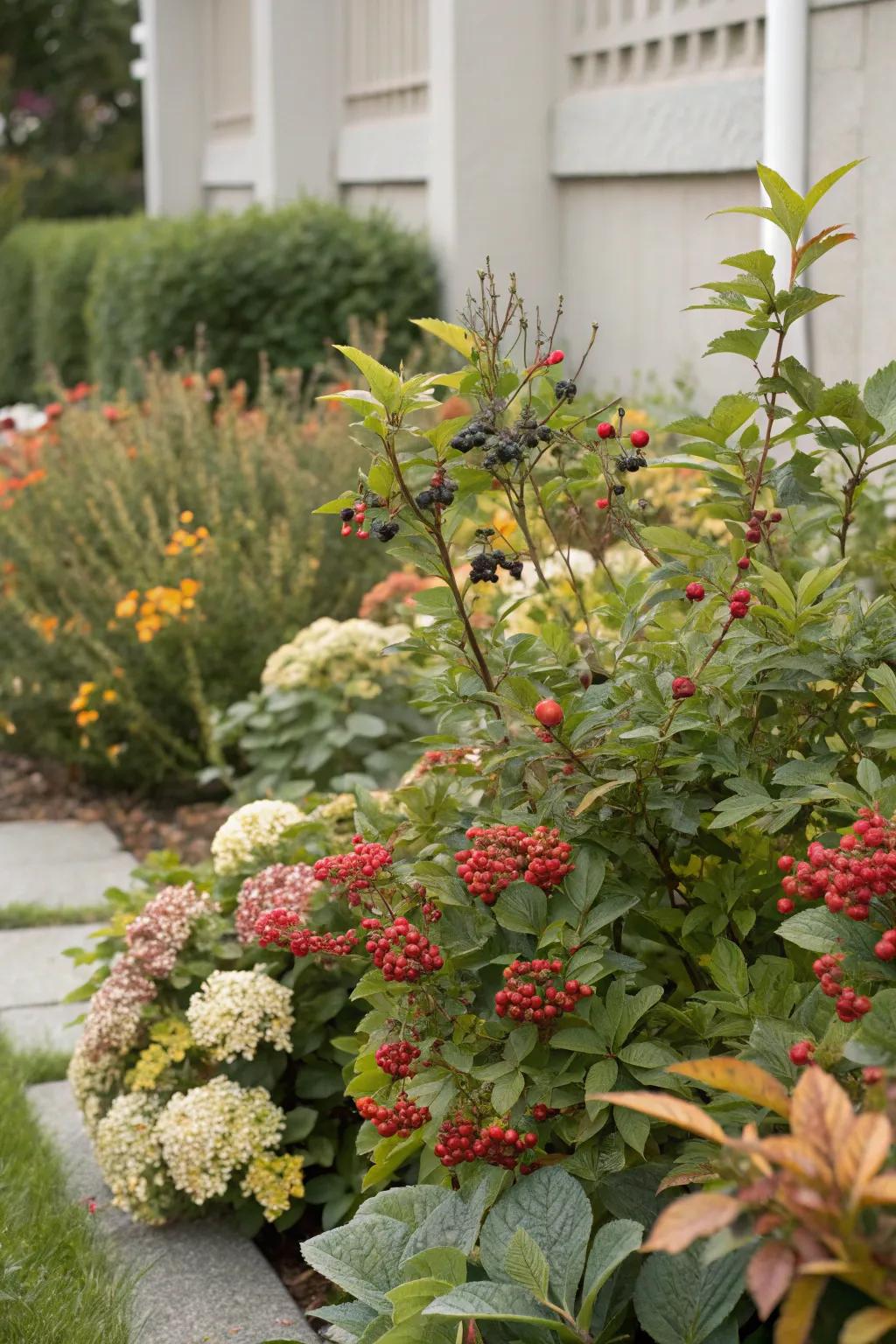
Choose shrubs that offer all-season interest with beautiful flowers, foliage, or berries. My garden feels alive year-round thanks to these resilient choices.
A few suggestions:
- Assorted Shrub Seeds Pack: Enhance your garden year-round with vibrant shrub seeds offering continuous blooms and foliage.
- Garden Mulch for Shrubs: Protect your plants and maintain moisture with high-quality mulch designed for year-round gardens.
- Organic Fertilizer for Shrubs: Boost the growth of your shrubs naturally with an organic fertilizer perfect for all seasons.
13. Pathway Shrub Integration
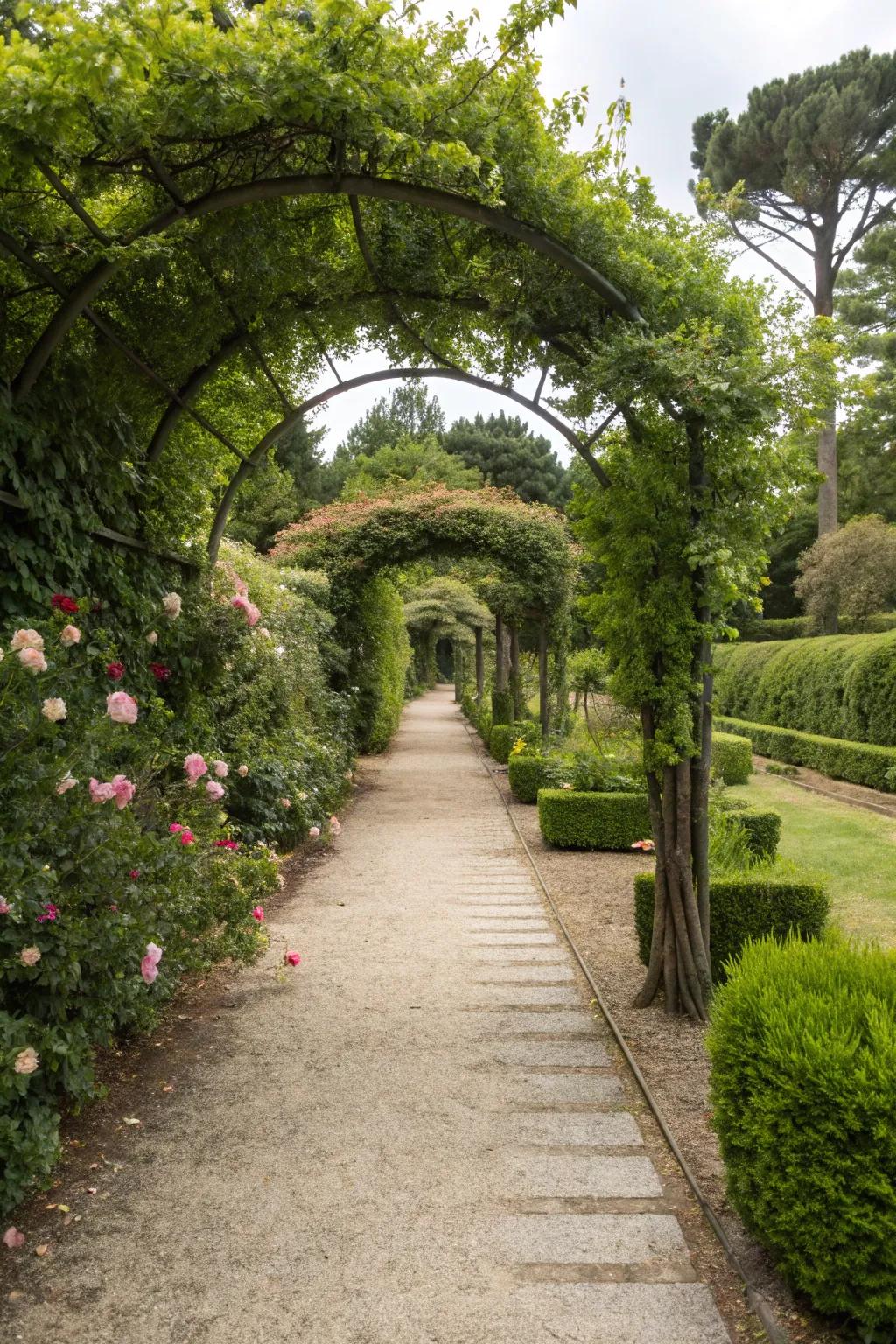
Incorporating shrubs along a pathway can create a charming guide through your garden. I find it adds a welcoming touch to any home entrance.
Items that may come in handy:
- Garden Arch Trellis: Enhance your pathway with a trellis arch, providing support for climbing shrubs beautifully.
- Outdoor Solar Pathway Lights: Illuminate your shrub-lined pathway with solar lights for added safety and enchanting ambiance.
- Shrub Fertilizer Spikes: Promote lush growth along your paths with easy-to-use, nutrient-rich fertilizer spikes.
14. Shrub Borders for Privacy
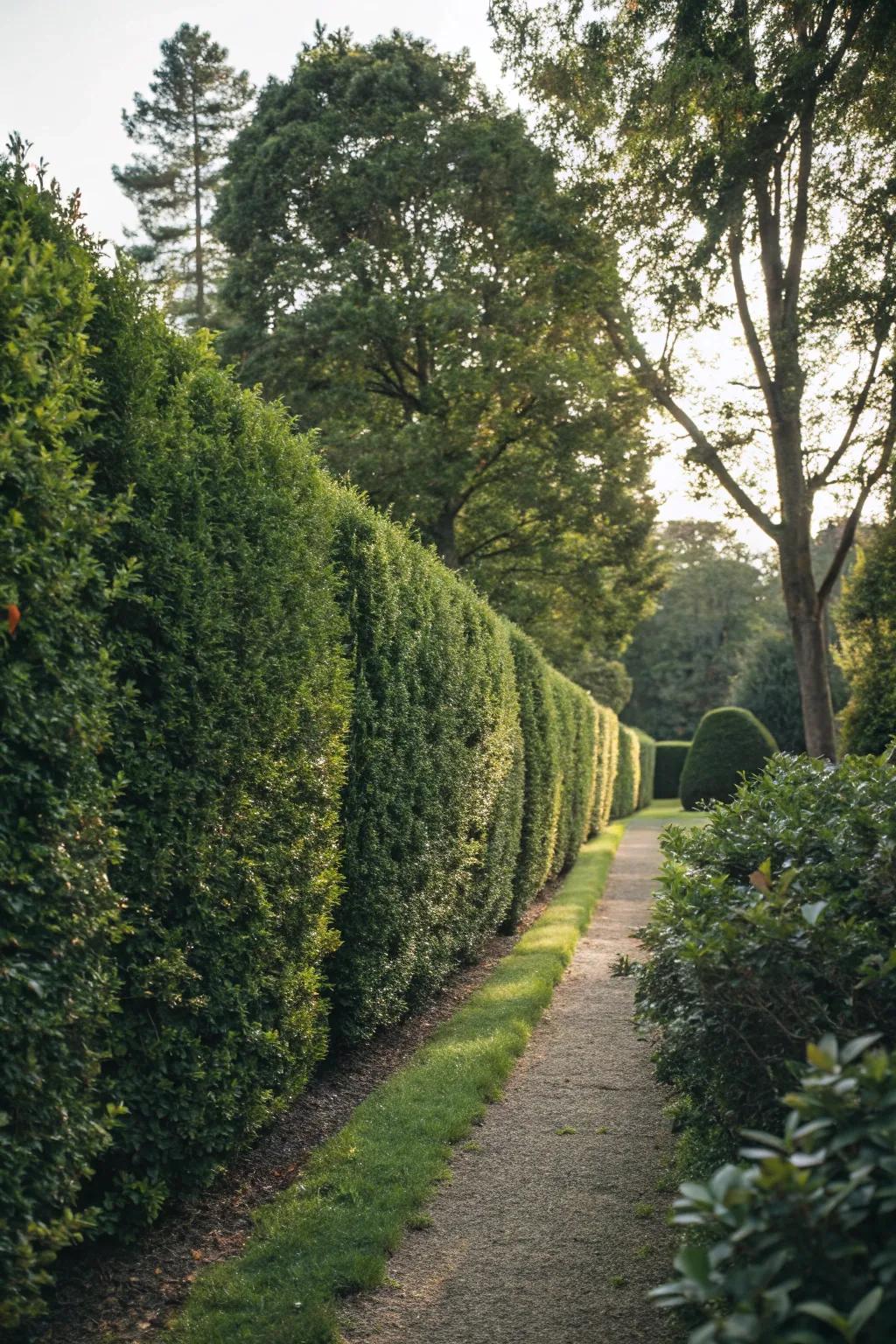
Planting a row of taller shrubs can serve as a natural privacy screen. It’s a beautiful way to create seclusion without a fence.
Consider these options:
- Evergreen Privacy Hedge Kit: Enhance your garden’s privacy with this lush evergreen hedge kit, easy to plant and grow.
- Garden Shrub Fertilizer: Boost your shrubs’ growth with this specially formulated garden shrub fertilizer for vibrant foliage.
- Adjustable Garden Pruning Shears: Keep your shrub borders neat with these durable and adjustable pruning shears for precise trimming.
15. Complementary Colors
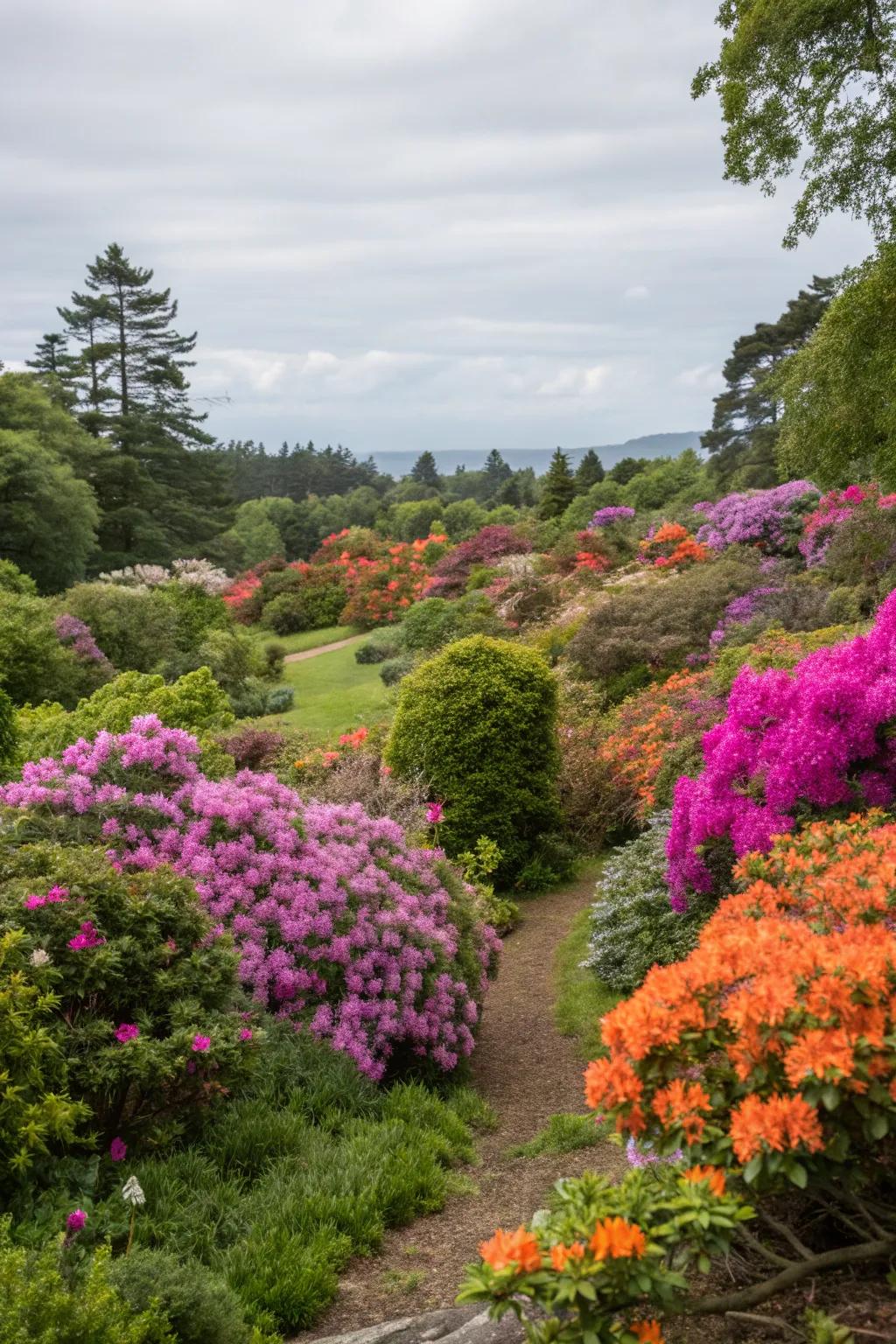
Pairing shrubs with complementary colors can make your garden pop. I always include a few colorful flowers to highlight my shrubs’ natural hues.
You might give these a try:
- Colorful Perennial Flower Seed Pack: Enhance your shrubs with vibrant flowers that highlight and complement their natural beauty.
- Garden Hand Tool Set: Equip yourself with essential tools to effortlessly plant and maintain colorful garden beds.
- Organic Fertilizer for Flowering Plants: Boost the color and growth of your shrubs and flowers with natural, organic plant food.
16. Drought-Tolerant Choices
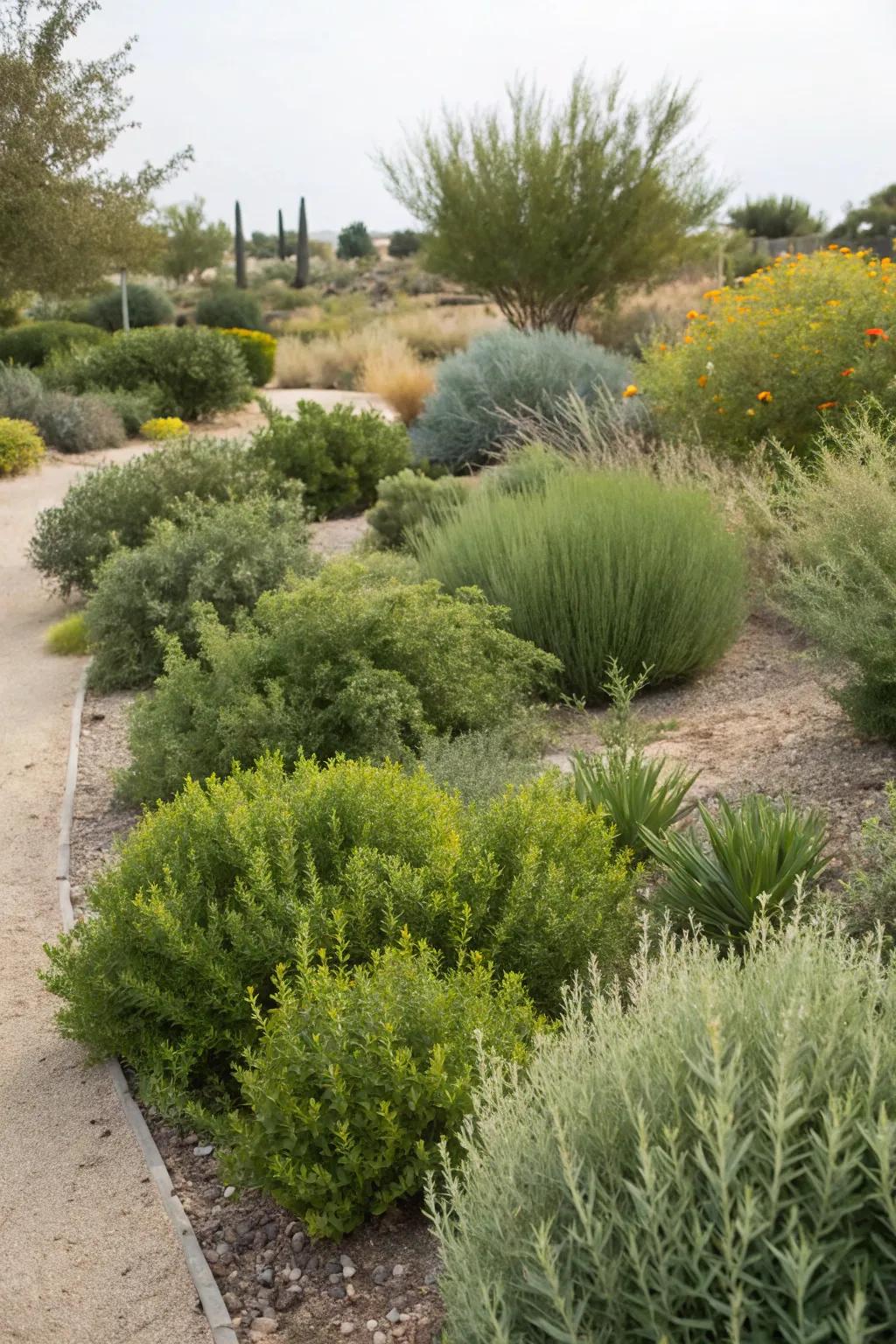
Incorporate drought-tolerant shrubs to save on water and maintenance. I’ve found these hardy plants thrive even in the hottest Austin summers.
You might like:
- Drought-Tolerant Shrub Seeds: Transform your garden with these water-saving, climate-resistant shrub seeds. Start your drought-tolerant landscape today.
- Automatic Drip Irrigation Kit: Easily maintain moisture levels with this efficient drip irrigation system. Perfect for your low-water garden.
- Organic Mulch for Water Conservation: Reduce water evaporation and enrich soil with this organic mulch, ideal for sustainable landscaping.
17. Native Shrub Selection
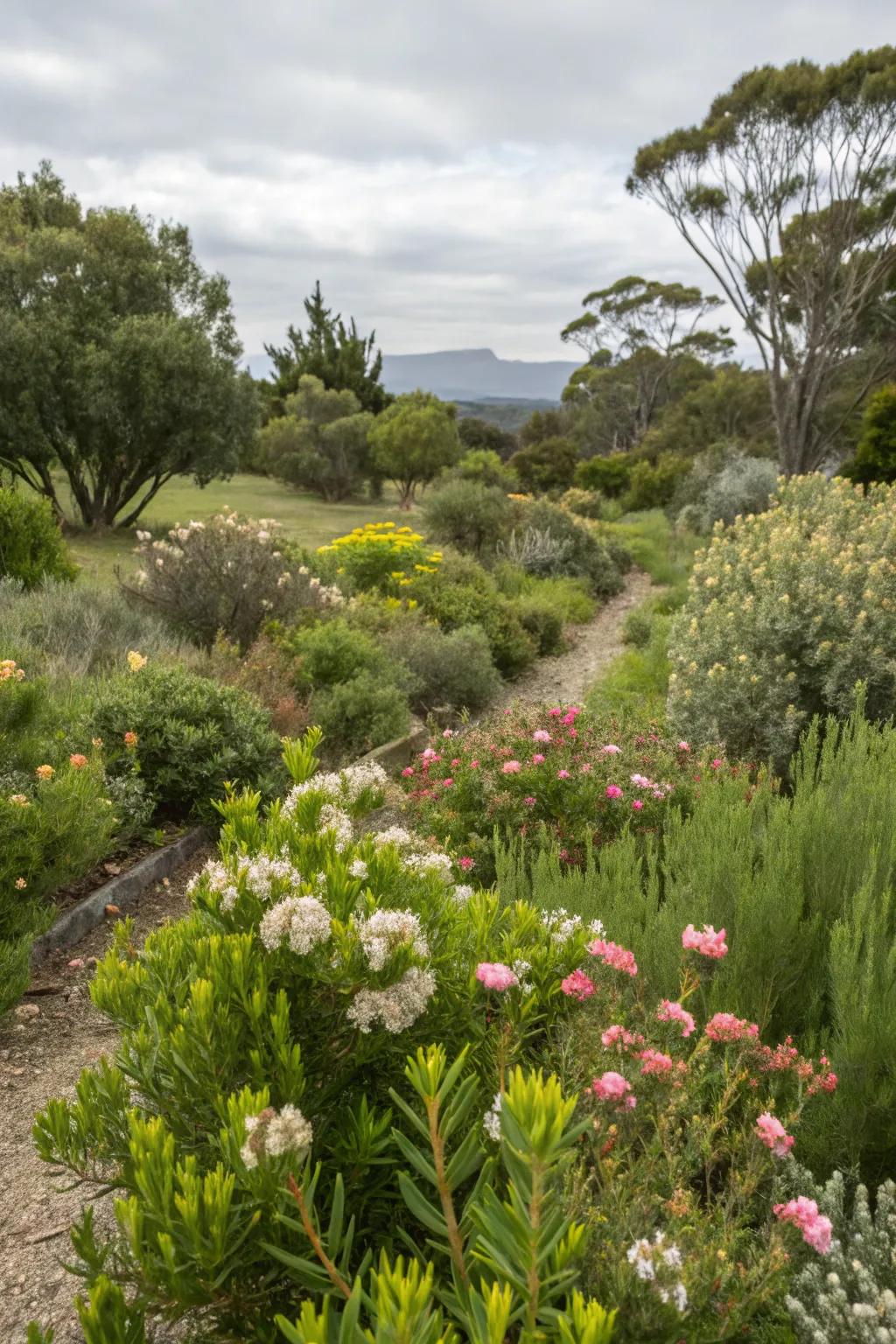
Choosing native shrubs ensures they thrive in your local climate. In Austin, using native plants has made my garden more sustainable and resilient.
A few helpful options:
- Drought-Resistant Native Shrub Seeds: Enhance your garden’s resilience with drought-tolerant native shrub seeds. Perfect for low-maintenance beauty.
- Organic Plant Fertilizer for Native Shrubs: Boost native shrub growth organically with this specialized fertilizer. Ensure healthy, thriving plants.
- Mulch for Native Plant Gardens: Protect your native garden with natural mulch. Retain moisture and prevent weeds effortlessly.
18. Edible Shrub Varieties
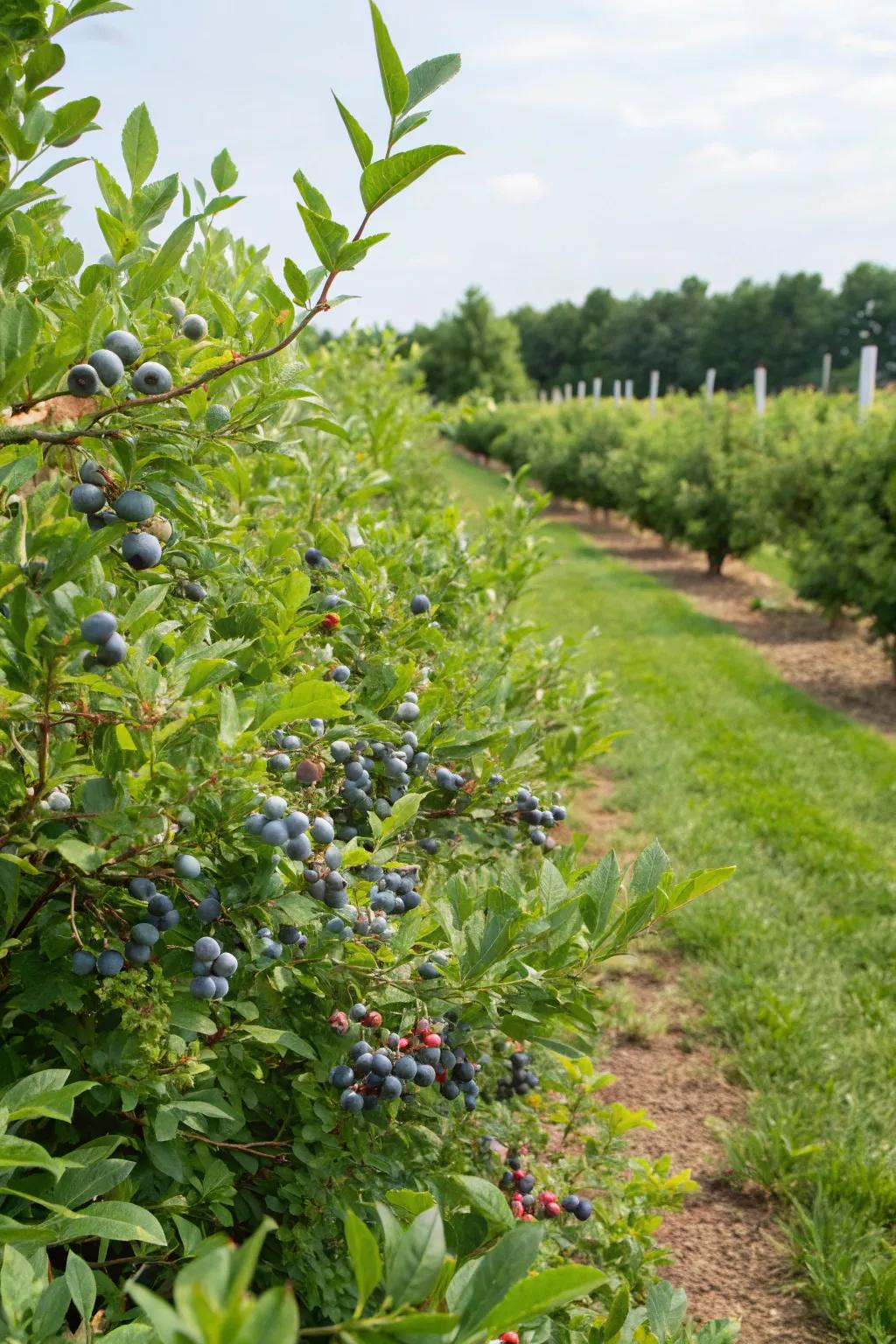
Consider planting edible shrubs like blueberry or currant. They add beauty to your garden and a delicious treat for you!
Might be a good match:
- Blueberry Bush Starter Kit: Start your garden with this easy-to-grow blueberry bush for a fresh and tasty harvest.
- Currant Bush Plants: Add currant bushes to your garden for a vibrant, edible landscape and delicious berries.
- Organic Fertilizer for Berry Bushes: Boost your berry yield with this organic fertilizer designed for healthy shrub growth.
